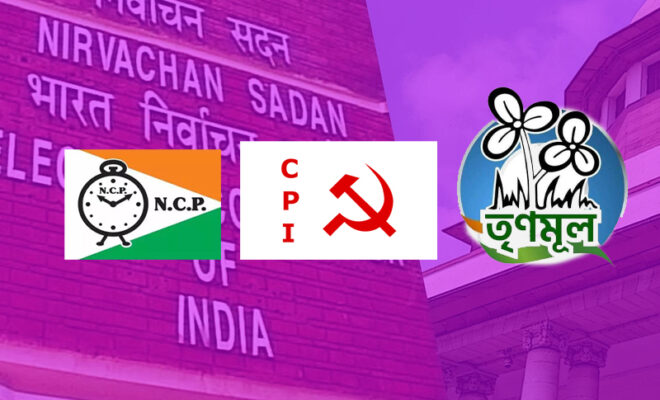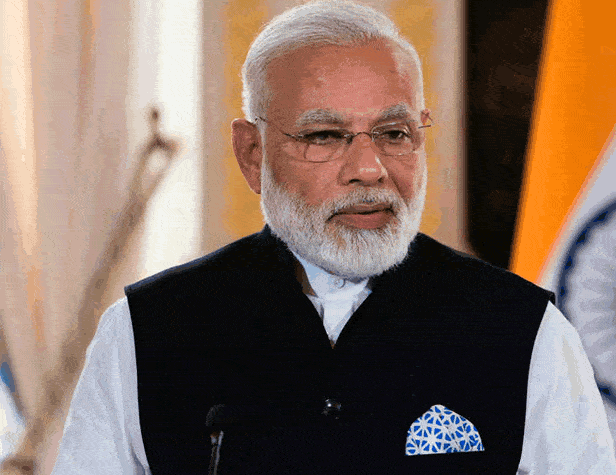TMC, NCP And CPI Lose Their National Party Status After EC’s Order

The EC has withdrawn the National Party tags from TMC, NCP & CPI parties. The decision was taken over the Lok Sabha & state assembly poll performances.
The Nationalist Congress Party (NCP), Communist Party of India (CPI), and Trinamool Congress (TMC) lost their status as national parties.
However, the Election Commission (EC) has recognized the Aam Aadmi Party (AAP) as a national party ahead of the 2019 Lok Sabha elections.
Based on an evaluation of the parties’ performance in the 2014 and 2019 Lok Sabha elections as well as 21 state assembly elections since 2014, the EC made its conclusion.
Along with other advantages, having the status of a national party guarantees that its candidates across the nation can use its emblem, and it also grants the party access to land for an office in the capital.
The BJP, Congress, Bahujan Samaj Party (BSP), CPI(M), National People’s Party (NPP), and AAP are the six national parties that currently exist in the nation.
AAP had satisfied the requirement of becoming a recognized state party in four or more states, according to the EC’s order, which was issued in accordance with the Election Symbols (Reservation and Allotment) Order, 1968, which outlines the requirements for recognition as a national or state party.
A party is permitted to be a national or state party if it meets the requirements outlined in Paragraphs 6A and 6B in the “next election,” after the one in which it “got recognition,” as per the order’s amended Paragraph 6C, which took effect on January 1, 2014.
A state party must, among other requirements, receive at least 6% of the votes cast in the most recent Assembly election and at least two MLAs; 6% of the vote and at least one MP from that state in the most recent Lok Sabha election; or 3% of all Assembly seats, or three seats, whichever is higher.
Also Read:- What Is The ‘Amul vs Nandini’ Milk Case, Ahead of Karnataka Elections?
A national party must also have at least four MPs and receive at least 6% of the vote in at least four states during the most recent Lok Sabha or Assembly elections, or at least 2% of the seats in the Lok Sabha with candidates chosen from at least three states, according to Paragraph 6B.



